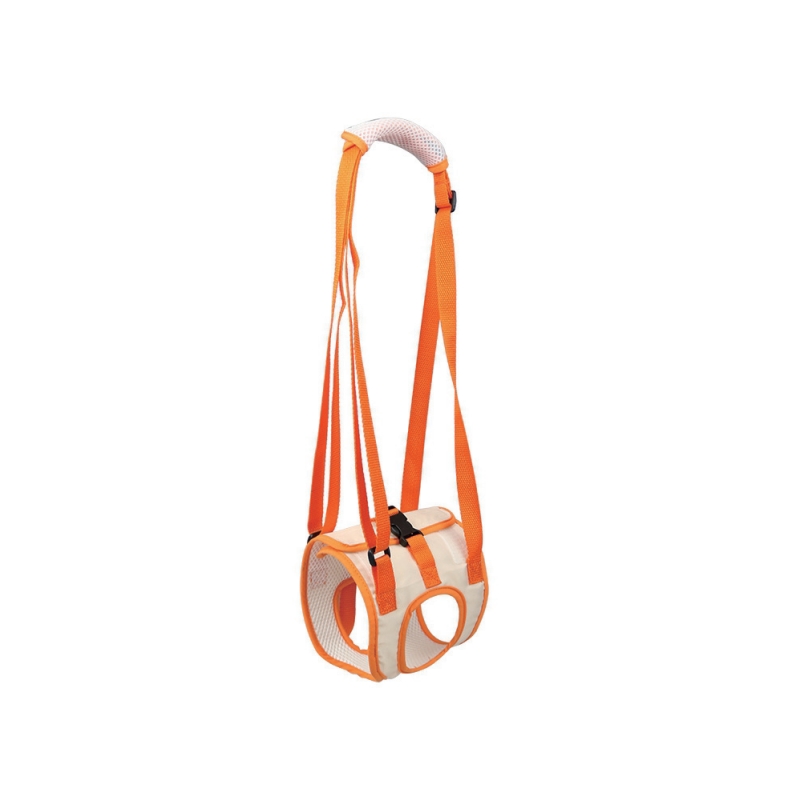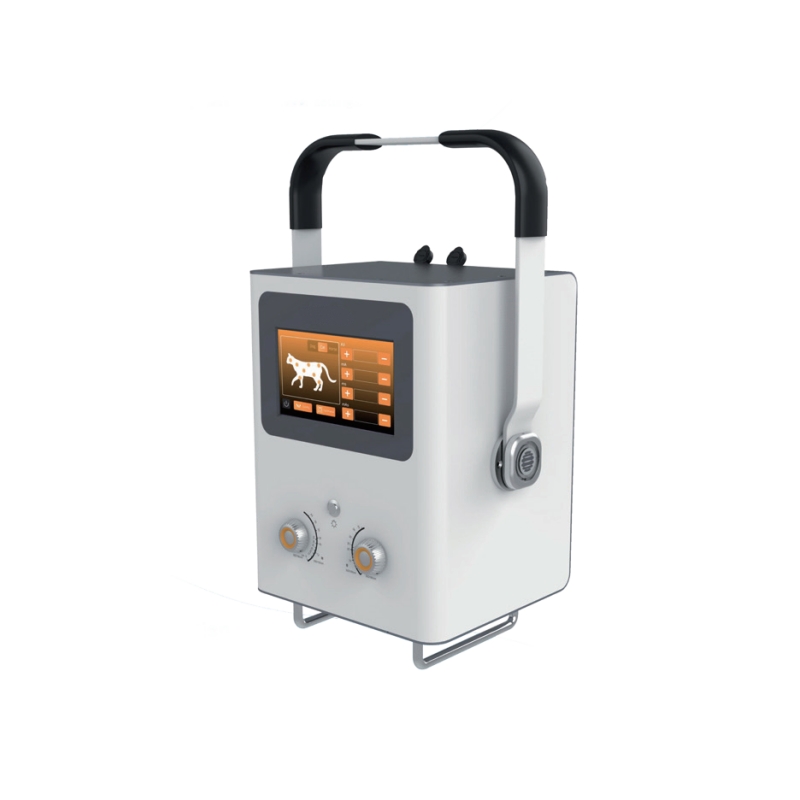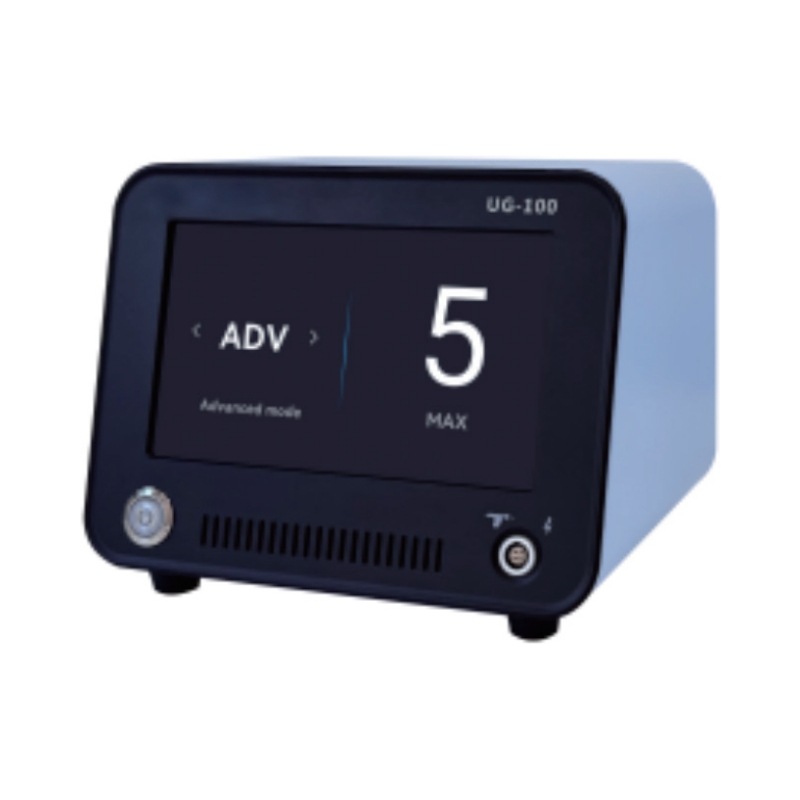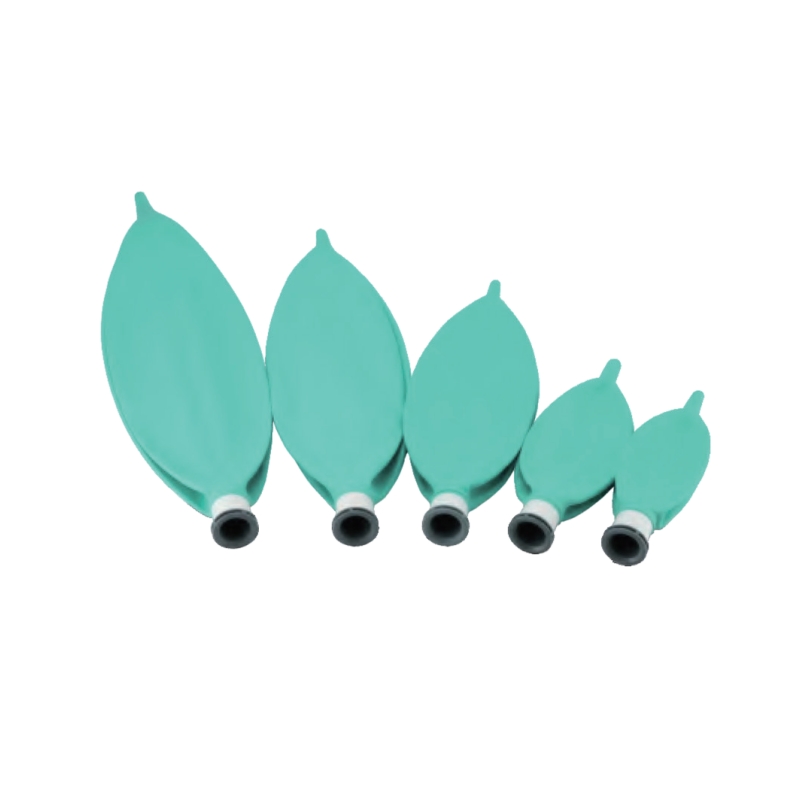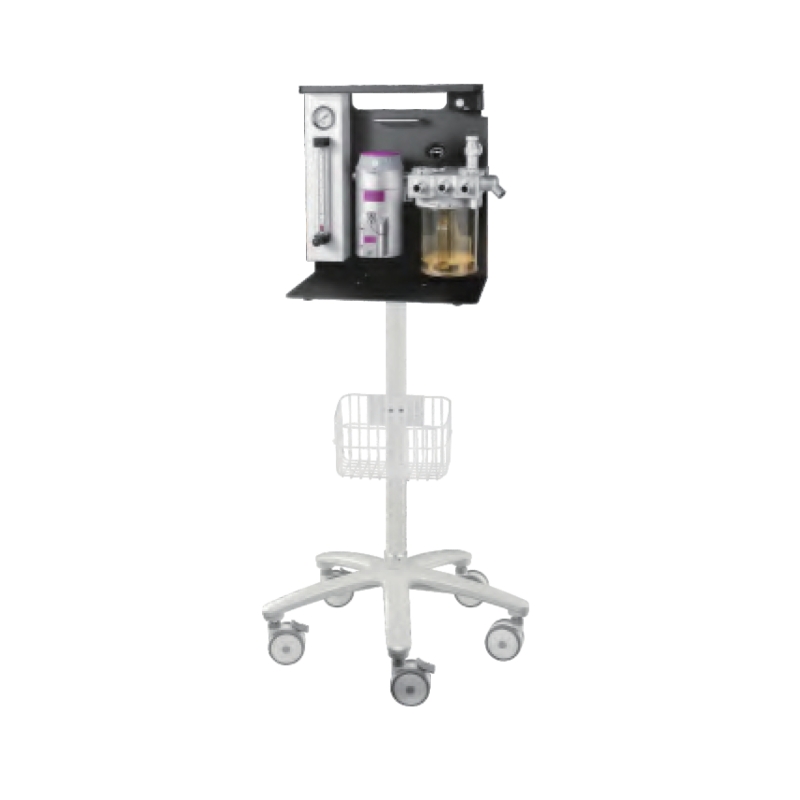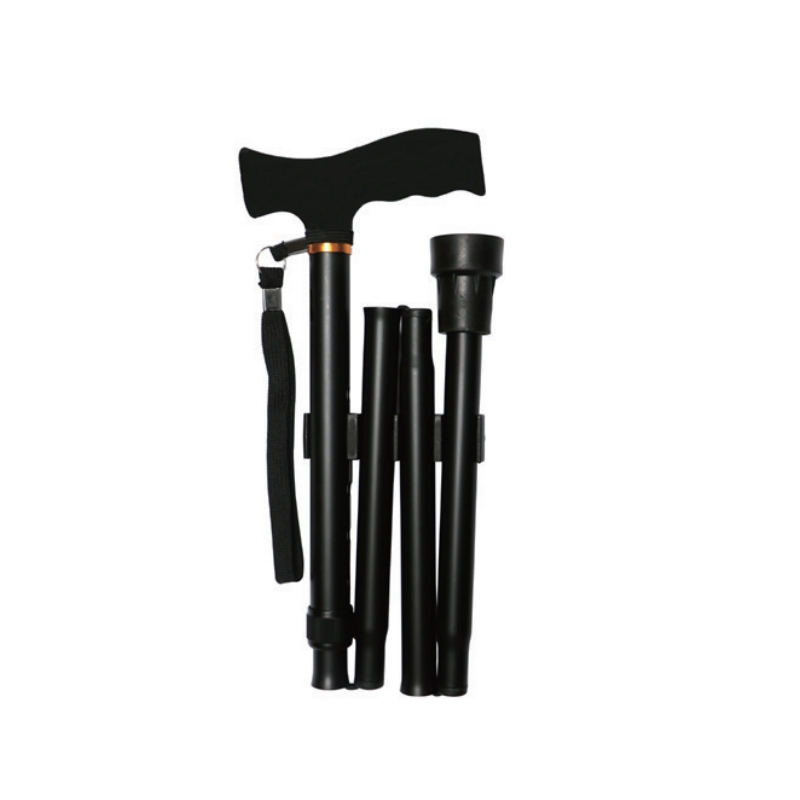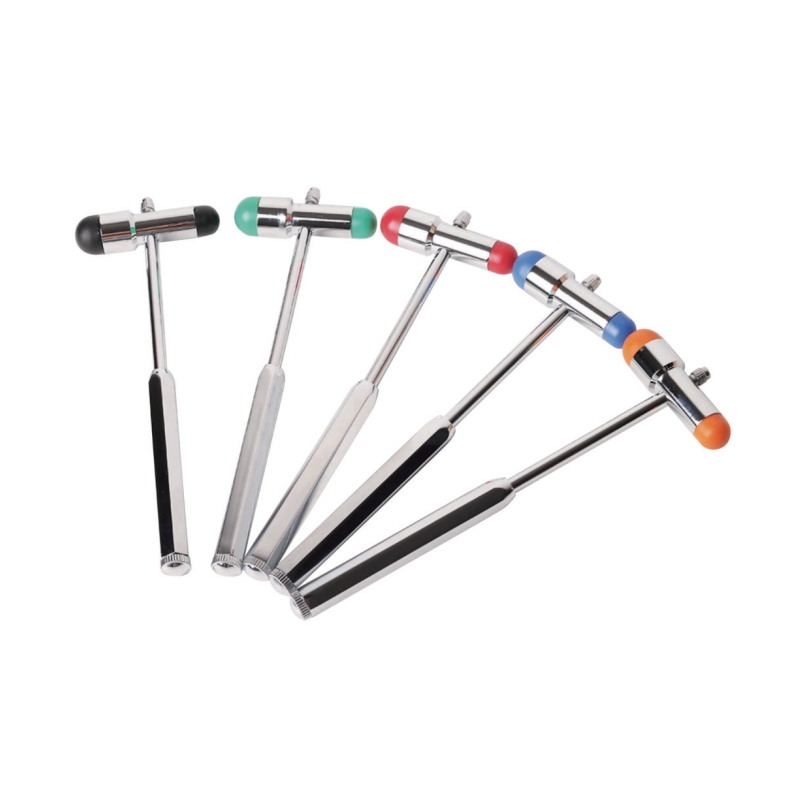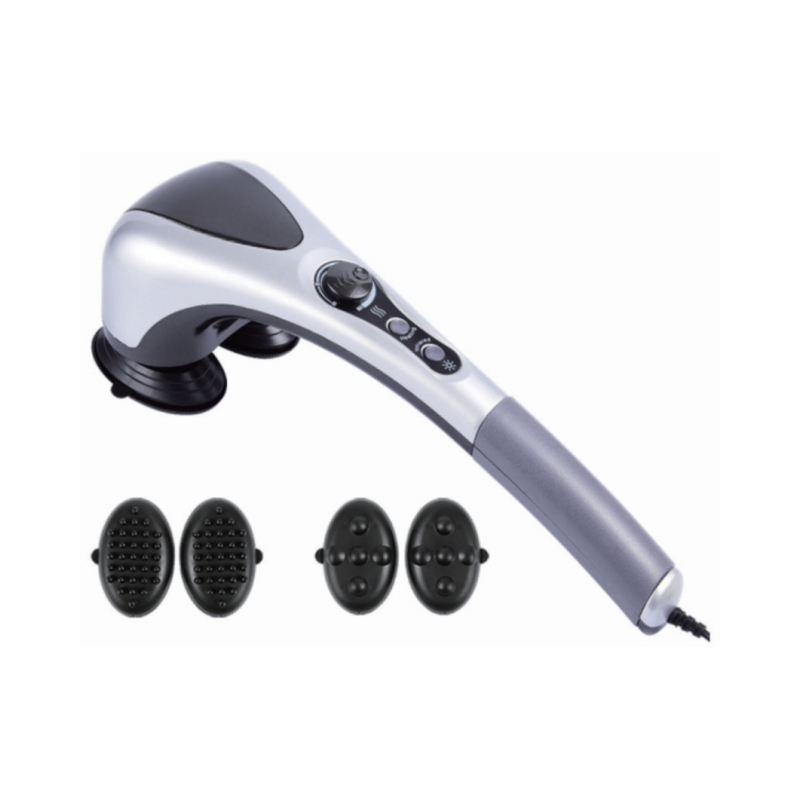How to Choose the Right Stethoscope
How to Choose the Right Stethoscope
A stethoscope is an acoustic instrument primarily used in the medical and veterinary fields for diagnostic purposes. As a medical device, it allows healthcare professionals to listen to sounds within a patient's body, mainly related to cardiac and respiratory activities.
What Are the Different Types of Stethoscopes?
Stethoscopes can be divided into two main categories: mechanical and electronic.
1. Mechanical Stethoscopes
Adult and Pediatric Mechanical Stethoscopes: These are typically distinguished by their intended use. Adult stethoscopes are designed for listening to the heart and lungs of adults, while pediatric stethoscopes are used for children. However, many models are versatile and can be used accurately for both children and adults. Some devices come with interchangeable heads, making it easy to switch between different types of patients.
Pinard Stethoscope: Named after its inventor, this is an obstetric stethoscope made of wood or aluminum, specifically designed for listening to the fetal heartbeat in the mother's womb. This unique stethoscope features an elongated conical shape with a cylindrical plate at the end, which amplifies the fetal heart rate sounds that are harder to hear in larger patients.
Cardiology Mechanical Stethoscopes: These offer extremely high acoustic sensitivity, helping doctors detect certain heart or lung conditions. Some models are suitable for both adults and children. These instruments are typically powerful and highly comprehensive tools.
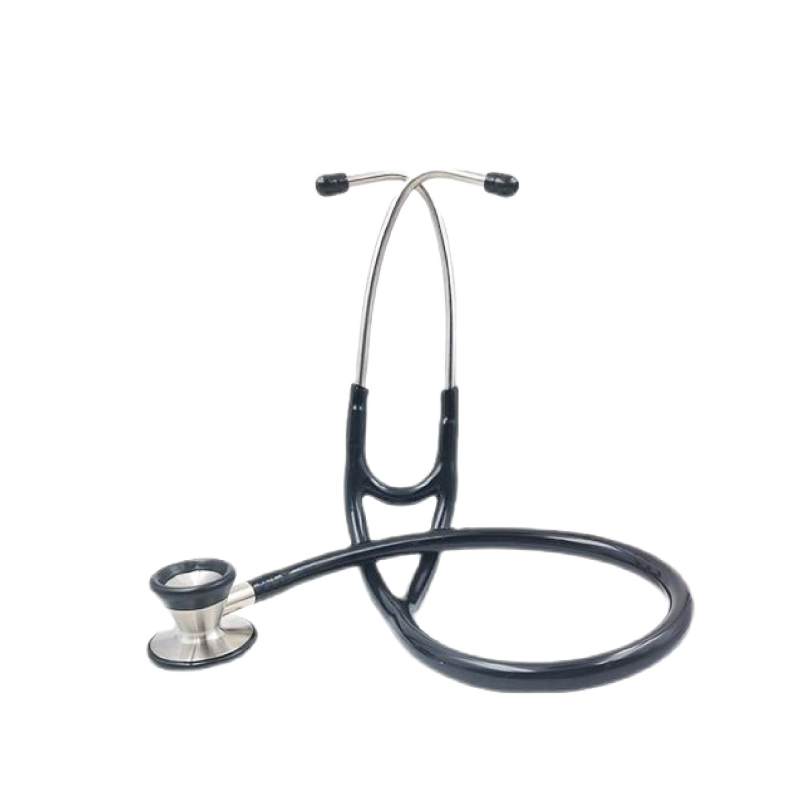
2. Electronic Stethoscopes
These stethoscopes are particularly popular among pulmonologists and cardiologists. They are highly effective in reducing external noise and amplifying picked-up sounds without distortion. Doctors benefit from perfect sound quality and high precision. The patient's heart rate is displayed on an LCD screen. Some models are equipped with Bluetooth connectivity, allowing real-time transmission of heart and lung sounds to a computer. This enables recording, viewing, storing, or sending sounds to colleagues. Certain models also feature an idle monitoring mode. These stethoscopes are typically used by specialists who need to conduct thorough diagnoses or analyze auscultation results.
What Are the Three Distinct Parts of a Traditional Stethoscope?
A traditional stethoscope consists of three parts: the head, the chestpiece, and the tubing. Some specific configurations of stethoscopes may not include all three parts. For example, the Pinard stethoscope lacks a chestpiece or tubing.
Chestpiece: This is the part that comes into contact with the patient's skin and is responsible for capturing sounds. The chestpiece itself consists of three components:
Diaphragm: The flat part of the head, which allows you to hear medium to high-frequency sounds.
Bell: The rounder part of the head, which allows you to hear low-frequency sounds. A stethoscope with both a diaphragm and a bell is referred to as a "dual-head" stethoscope. By simply flipping the head, you can alternate between listening to low and high-frequency sounds.
Base: The part that connects the head to the tubing.
Tubing: This is the tube that connects the head to the chest piece. It is responsible for transmitting sounds. Some models feature dual tubing, which allows for better sound transmission and clearer sound delivery to the user's ear canals.
Headset: This is the metal part of the stethoscope where the tubing is attached. It consists of three elements:
Tension Spring: This can be adjusted by moving or tightening the tubing to fit the user's anatomy.
Two Earpieces (or Ear Tubes): These can be angled according to the user's anatomy.
Two Eartips: Eartips come in two types: soft or hard. For safety reasons, eartips are tightly attached to the bifurcation and are often difficult to remove. Some stethoscope models also include an additional set of soft eartips and a pair of hard eartips.
What Other Criteria Should Be Considered When Choosing a Traditional Stethoscope?
Small details can impact diagnostic quality or simply enhance comfort. Therefore, it is helpful to ask the following questions:
Single-Head or Dual-Head Stethoscope?
A single-head stethoscope does not allow you to alternate between listening to low and high-frequency sounds by simply flipping the chestpiece. However, if the single-head chestpiece is equipped with a dual-frequency diaphragm, you can apply light pressure to hear low-frequency sounds and greater pressure to hear high-frequency sounds. Single-head chestpieces also minimize sound loss during auscultation and are known for perfect sound transmission. On the other hand, this type of chestpiece is more suitable for measuring blood pressure, as its shape makes it easier to place under a cuff.
A dual-head stethoscope allows you to listen to different types of sounds, not only from the heart and lungs but also from the carotid arteries and abdomen. Placing the bell over the carotid artery makes it possible to detect sounds of carotid stenosis. In the midline of the abdomen, the bell is used to detect systolic heart murmurs that may indicate an aortic aneurysm.
Another advantage of a dual-head stethoscope is that it can be used for both adult and pediatric patients. The larger surface is used for adults and larger patients, while the smaller surface is used for children or underweight adult patients. Some models feature dual-frequency diaphragms on both the large and small heads, optimizing auscultation for both adult and pediatric patients.
Single or Dual Tubing?
Dual tubing allows for stereo monitoring of internal sounds (more accurate). Double-layer tubing also prevents volume loss. It can be said that dual tubing offers higher sound quality compared to single tubing.
What Material Should Be Chosen for the Tubing?
Materials include PVC, latex, rubber, etc. Some tubing is free of latex or natural resins to avoid potential allergies in patients and doctors.
Soft or Hard Eartips?
Soft eartips are generally more comfortable, provide better sound isolation, and are more durable than hard eartips. Both types are available in small and large sizes.
Should a Warming Ring Be Used?
This ring prevents the patient from directly contacting the cold metal of the head, enhancing patient comfort. It is particularly useful for pediatric patients.
Which Stethoscope Is Suitable for Different Types of Doctors?
Every doctor needs a stethoscope that best suits their practice, depending on the types of patients they examine and the conditions they treat. We have listed six categories of practitioners who need appropriately equipped stethoscopes: general practitioners, pediatricians, pulmonologists and cardiologists, nurses, physiotherapists, and veterinarians.
General Practitioners:
General practitioners use stethoscopes daily. They primarily use this tool to listen to the heart and lungs of patients of all ages. Most general practitioners opt for dual-head models (interchangeable) to examine both adults and children with the same instrument.
Pediatricians:
Unlike general practitioners, pediatricians only treat children. Therefore, they will use specific models, which differ from adult models mainly in the size of the chestpiece. To reassure children during auscultation, some pediatric stethoscopes come in different colors, and some even feature adjustable animal patterns on the chestpiece for easy replacement. Most pediatric stethoscopes are single-head models with warming rings.
Pulmonologists and Cardiologists:
These specialists typically choose electronic stethoscopes for high acoustic precision and the ability to display lung or heart sounds on a screen. These stethoscopes are more expensive but allow doctors to hear both high and low frequencies, detecting possible lung or heart conditions. Electronic stethoscopes can amplify sounds, making them up to 20 times louder than traditional stethoscopes.
Nurses:
Nurses primarily use stethoscopes for measuring blood pressure.
Physiotherapists:
Physiotherapists use stethoscopes for lung auscultation before and after treatment. Since their auscultation is primarily focused on the lungs, they generally choose single-head stethoscopes.
Veterinarians:
Veterinarians use stethoscopes similar to traditional mechanical stethoscopes, but they are specifically designed for certain types of animals.

 English
English Spanish
Spanish Turkish
Turkish
